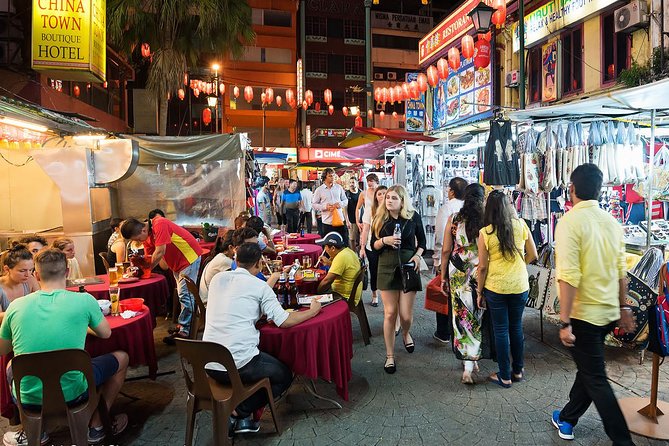By S.M. Mohammed Idris, President, Consumers Association of Penang
The Consumers Association of Penang (CAP) deeply regrets statements by Berjaya Corporation criticizing Koh Tsu Koon for decisions made over the Penang Hill project in 1993.
Both Vincent Tan and Berjaya Land’s chief executive officer, Francis Ng have distorted the facts and have not presented the complete and true picture of what happened as regards the proposed development on the Hill by Berjaya Corporation’s subsidiary, Bukit Pinang Sdn. Bhd in September 1990.
The original plan by the developer involved several large-scale projects involving 900 acres on the Hill that included proposals for two large hotels, a condominium, an ‘Acropolis’ complex on the summit with shopping and sports centre, cinemas and night clubs; over 300 units of houses and chalets; a golf course and other features. A large part of the land area on the Hill is comprised of forested areas and is either located in water catchment areas and forest reserves or is closely connected to them.
The announcement of the proposed development by Berjaya in Penang Hill generated a major controversy from the general public of Penang and many public interest groups which led to the formation of an informal grouping called “Friends of Penang Hill” (FPH) that included CAP and Sahabat Alam Malaysia.
A public petition campaign was launched by FPH requesting the state authorities to review the project and public forums were held to save Penang Hill from the Berjaya proposal. Due to the campaign’s massive support, the Department of Environment (DOE) invited several groups from FPH to sit on the panel to review the Environmental Impact Assessment (EIA) report prepared by the project proponent which led to the rejection of the EIA as it contained many flaws and the developer was asked to scale-down the
project.
The developers then submitted another proposal which was allegedly scaled-down but a further scrutiny by FPH showed that the project was not scaled-down but was in fact scaled-up, which led to the EIA once again being rejected by the DOE.
In the meanwhile, the Penang Hill issue became a political issue in the
1990 elections.
The newly elected State Government of Koh Tsu Koon met with FPH for a briefing on the project to understand our concerns.
Following these events, the State Government rightly did not give the go-ahead for the Berjaya project and asked the local authority to prepare a local plan for Penang Hill which was also subject to public review and comments.
In view of this, it is unfair of Berjaya to criticize Koh Tsu Koon’s government for its decision over the Berjaya plan, when the previous government acted rightly, following the outcry from the people of Penang.
We hope that the recent spate of criticisms of the previous State Government by developers involved in proposals to develop Penang Hill based on distorted facts is not intended to generate public opinion to pressure the current State Government into allowing similar environmentally damaging projects on the Hill.










